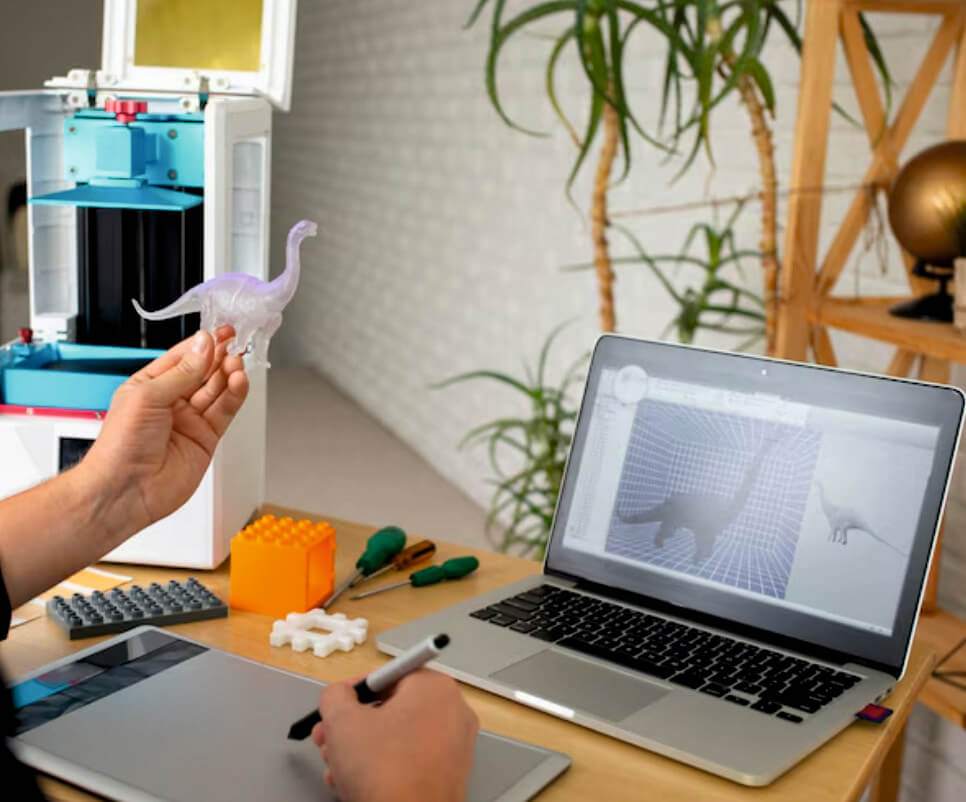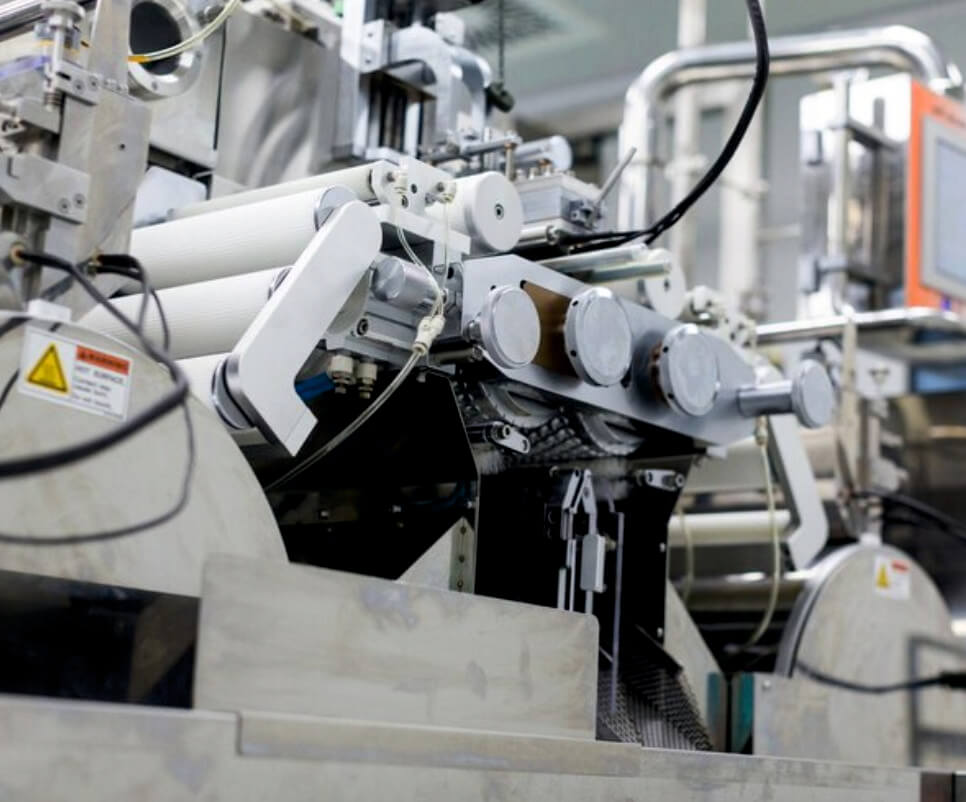Unlocking Innovation: Exploring the Wonders of 3D Printing

In the realm of manufacturing and prototyping, few technologies have sparked as much excitement and innovation as 3D printing. Often referred to as additive manufacturing, 3D printing has transcended its origins as a niche technology to become a transformative force across industries. In this blog post, we delve into the fascinating world of 3D printing, exploring its applications, advancements, and potential impact on the future.
Revolutionizing Manufacturing: Traditional manufacturing processes often involve subtractive methods, where material is cut away from a solid block to create a desired shape. In contrast, 3D printing builds objects layer by layer from digital designs, allowing for unprecedented flexibility and complexity. This additive approach minimizes waste, enables rapid prototyping, and facilitates customization on a scale previously unimaginable.
Applications Across Industries: The versatility of 3D printing extends across a diverse array of industries. In aerospace, engineers leverage 3D printing to fabricate lightweight, high-strength components, reducing fuel consumption and enhancing performance. In healthcare, medical professionals harness the technology to produce patient-specific implants, prosthetics, and even organs, revolutionizing personalized medicine. Automotive companies utilize 3D printing for rapid prototyping, custom parts production, and even the manufacturing of entire vehicles.
Pushing the Boundaries of Design: One of the most compelling aspects of 3D printing is its capacity to unleash creativity and push the boundaries of design. Architects and artists utilize the technology to fabricate intricate structures and sculptures that were once deemed impossible. Designers leverage 3D printing to iterate quickly, explore unconventional geometries, and bring their visions to life with unprecedented precision.
Advancements Driving Innovation: The field of 3D printing is evolving at a rapid pace, fueled by continual advancements in materials, hardware, and software. Engineers are developing new materials with enhanced properties, from biodegradable plastics to metal alloys, expanding the range of applications for 3D printing. Innovations in printing technologies, such as multi-material printing and continuous liquid interface production (CLIP), are pushing the boundaries of speed, resolution, and scalability.
Challenges and Opportunities: Despite its immense potential, 3D printing still faces challenges, including limitations in speed, size, and material properties. Moreover, issues related to intellectual property, regulatory compliance, and environmental sustainability must be addressed as the technology proliferates. However, these challenges present opportunities for research, collaboration, and innovation, driving the continued growth and maturation of the 3D printing industry.
The Future of Manufacturing: As 3D printing continues to evolve, its impact on manufacturing will only intensify. From decentralized production and on-demand manufacturing to sustainable design and distributed supply chains, the future of manufacturing is being reshaped by the transformative power of 3D printing. By unlocking new possibilities for design, customization, and efficiency, 3D printing is poised to revolutionize industries, disrupt traditional paradigms, and unlock a world of innovation.

